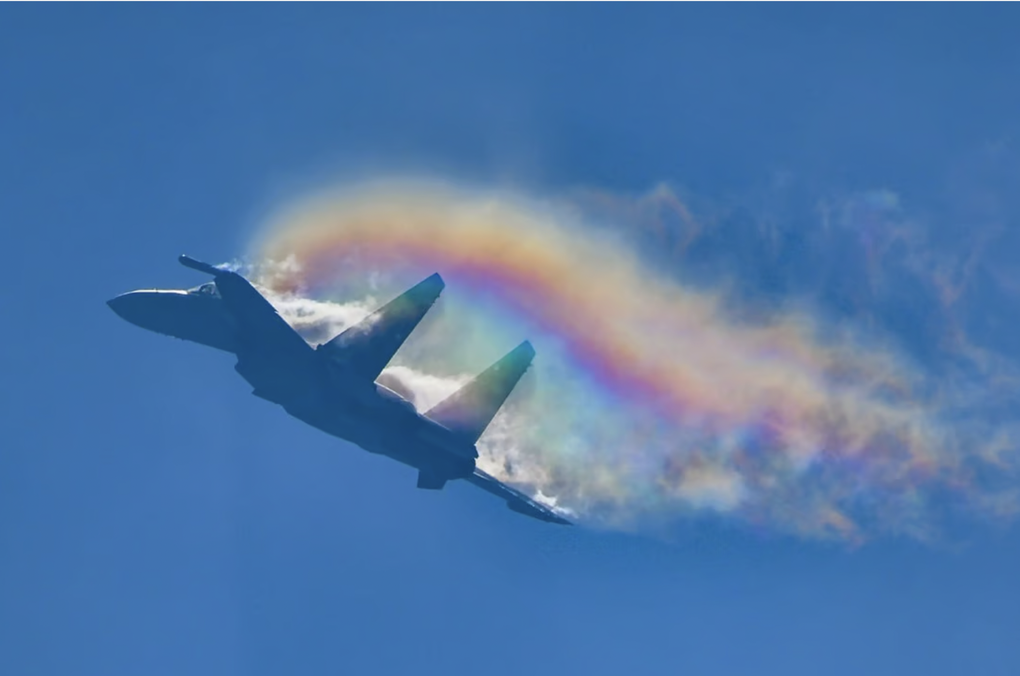(Dan Tri) – Chinese researchers said that the country’s artificial intelligence technology has successfully simulated a dogfight of a supersonic aircraft at a speed of Mach 11 (11 times the speed of sound).
An airplane (Illustration photo: Weibo).
According to SCMP, in the simulated battle, the supersonic aircraft encountered a fighter jet flying at a speed of Mach 1.3, close to the maximum speed of the US F-35 stealth fighter.
The pilot of the supersonic plane was ordered to shoot down the enemy.
If based on previous simulation results, the pilot flies straight towards the target.
According to computer simulations, the missile hit the enemy plane at a speed of up to Mach 11, ending the air battle in less than 8 seconds.
Associate Professor Liu Yanbin’s research team at Nanjing University of Aeronautics and Astronautics said this counterintuitive approach provides the longest lethal range with the lowest risk to the pilot.
The researchers simulated combat at speeds ranging from Mach 5 to Mach 11. The results of the study were published in the Journal of Nanjing University of Aeronautics and Astronautics last month.
Reusable supersonic aircraft have many potential in air combat, including low mission cost, fast speed and high maneuverability.
Supersonic aircraft require fast reaction times and place new demands on fire control systems.
The research team also said that AI can be used in supersonic aircraft to improve combat performance.
The most surprising result of this simulation is the Mach 11 speed and maximum attack range of the supersonic aircraft.
In a typical dogfight at speeds below Mach 5, pilots usually try to engage and avoid being followed.
`When performing air combat missions, hypersonic aircraft can attack from outside combat range by launching missiles at a long distance in front of the target,` the research team added.
After firing, the supersonic aircraft will quickly leave the battle.
`The situation on the air battlefield in the future is increasingly complex. Combat missions become more difficult. Pilots need to quickly process a large amount of information and make optimal tactical decisions,`
The application of artificial intelligence technology in the fire control system can improve the pilot’s reflexes, as well as the attack and defense response speed of the system.
In the next steps, the research team will use AI to help hypersonic aircraft coordinate and execute a multi-layered, multi-mission attack.
`Future strategic deterrence depends on comprehensive fast strike capabilities and penetration levels. In recent years, all military powers have increased research on fast fighters
